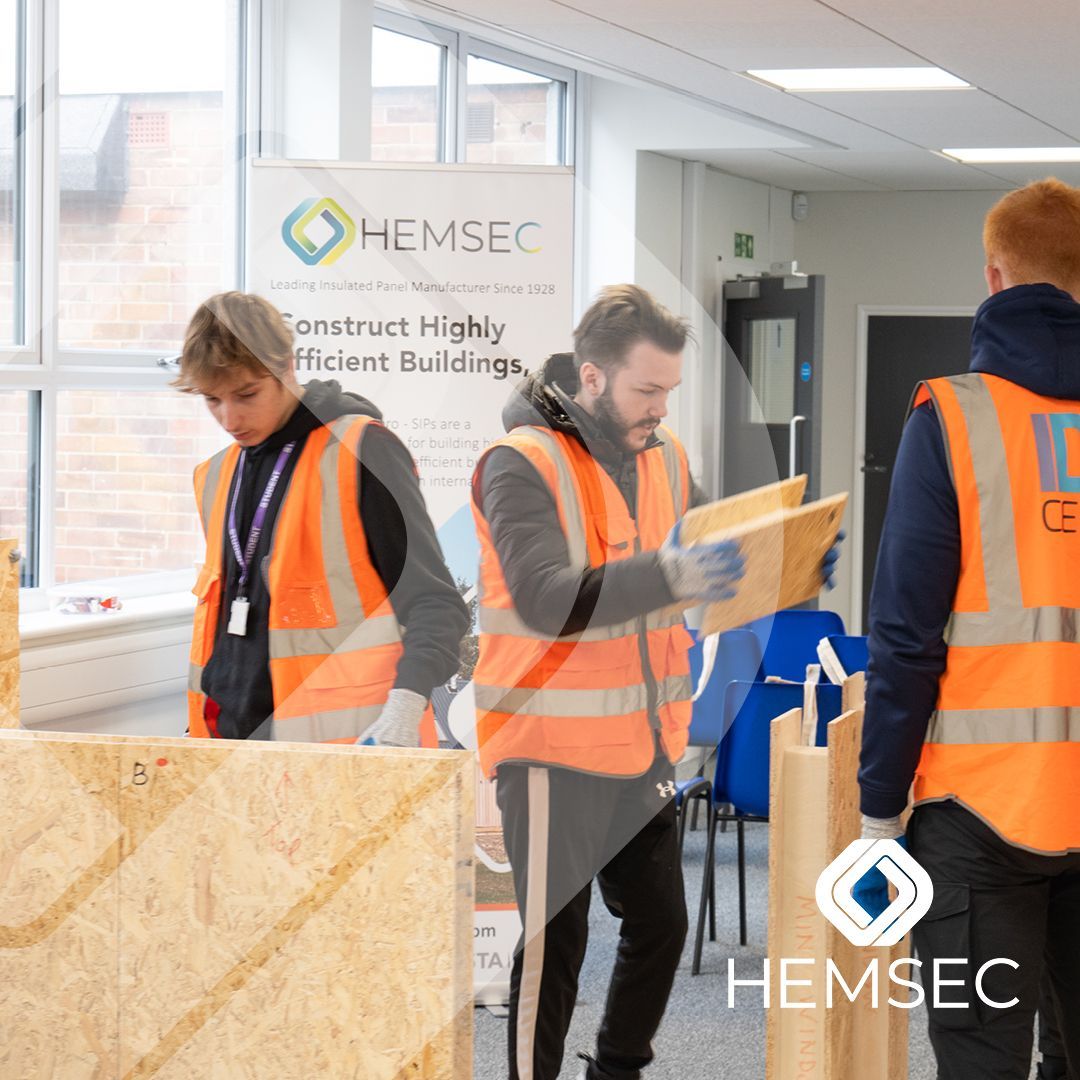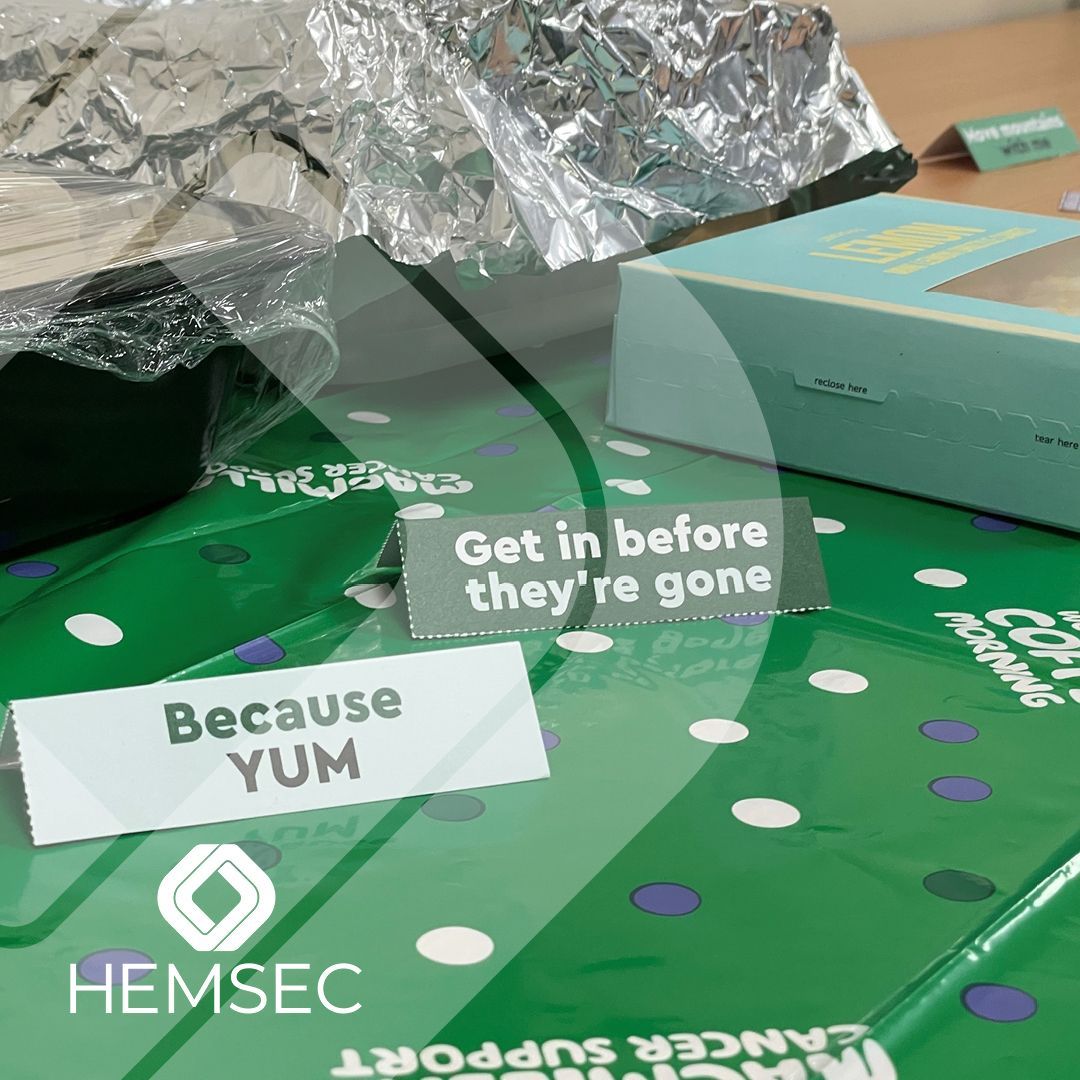MMC projects employ a set of relatively new skills in UK construction. In this blog, we examine the need for greater skills in estimating for MMC, and for a range of documented evidence of the benefits, to support the delivery of these new methods and the products used.
“What is undeniable is that MMC projects are quicker, but this is not demonstrated sufficiently, because there is minimal benchmark data available.” Ian Dacre, Chartered Quantity Surveyor.
Where does MMC fit in the UK today?
The UK building industry is increasingly employing Modern Methods of Construction (MMC), evidenced by the growing number of build projects for residential, industrial, and public sector/commercial property. This growth is driven by the need to build more homes to address the housing crisis, for garden offices and emergency buildings generated by the Covid situation, and for more and extended public and private sector industrial/commercial buildings. Within the industry there are passionate advocates of modern offsite construction, using materials such as Structural Insulated Panels ( SIPs) ; however, much work needs to be done to convince others, including at the time of writing, most architects, quantity surveyors and contractors, to shift, when it benefits the project, from traditional methods.
About Ian Dacre
One area where greater knowledge is needed is in the skill of estimating for MMC. Ian Dacre, a Partner at Rider Levett Bucknall in Bristol, a Chartered Quantity Surveyor with over 25 years’ experience and an Assessor for the RICS, talked to Hemsec about the complexities, and the need for greater skill in estimating.
Ian has been involved with Constructing Excellence (CE) for several years and has undertaken research in:
- Defining Value
- Supply Chain Integration
- Knowledge Management
- Performance Management with CE and the University of the West of England.
What are the challenges of assessing the overall value of MMC projects?
“There is limited data available; although there are many publications which discuss the pros and cons of MMC,” explains Ian, “there is nothing to date published on the commercial aspects.
“So, it is a challenge, but there are some principles we can follow, so that we can start to create a bank of knowledge relating to the cost, value and performance of MMC projects:
- Value:
In terms of assessing value, there are two aspects:
- capital value
- whole life value
- Whilst they are totally different; they should nonetheless be viewed as one, because it is critical to understand the full cost both of constructing and maintaining a building, if we are looking at the benefit of the whole project. It is impossible to do so by taking the capital value alone.
- Cost: We need to ask ourselves; how do we benchmark a quotation or programme-saving offered from an MMC provider?
- Performance: We must use the MMC providers’ information as there is no historic data available at present.
“In conclusion, we need the experts – the MMC providers – to supply the information. Once it becomes widely available in the marketplace and everyone can access it, this will enable us to benchmark projects – it will be a major step forward.”
How can an assessor accurately estimate the total costs? For example, the impact of greater construction speed?
“There are tools available. Programme management can demonstrate the time efficiency savings , but at the moment, we also need to factor lead in times. One of the problems we have is that sites cannot manage the speed of MMC,” says Ian.
It would appear that sites are not set up for how quickly materials arrive and are installed; this leads to sites not being ready, tradespeople not being in place and other delays. This is where education in process is needed, so that programme management works properly.
“Whole Life Cost (WLC) models can generate the occupancy costs over a period of time, but again, as with any kind of research data, we need several MMC projects to be built and monitored over time to see the overall effects,” Ian asserts.
What data is needed and how does the industry get it?
“Unfortunately, the amount of current data is minimal and is not widely available. Generally, most is based on a historic project people are familiar with but which is not documented.
“Cost data for capital expenditure is not readily available in the marketplace when compared to other materials and structural solutions, which have been used and documented for many years.
“There are many reports, papers and magazine articles that bestow the benefits of MMC and possibly things to watch out for, but nothing as yet on cost and whole life value.
“It is possible to obtain information on lead-in times, delivery times and erection times from MMC suppliers, but it is difficult to get accurate cost information,” Ian says.
What are the ‘hidden costs’ in estimating for traditional methods that get overlooked when comparing them with MMC?
“The hidden costs include waste, and redoing things on site, both of which stem from a lack of understanding. One could also argue that there are possible inefficiencies due to the external environment in which people are working, such as weather. These are not really hidden, but are inherent in the programme where the main construction process takes place outdoors.”
Hemsec team members have seen costs being added where firms have used unnecessary materials, because they don’t understand the way SIPs work. For example, people use them for cladding inside a wall, roof or ceiling made from different materials, not realising that the SIP itself is structural and is a full supporting wall with insulation built in.
“What is undeniable is that MMC projects are quicker, but this is not demonstrated sufficiently, because there is minimal benchmark data available,” says Ian.
How do we persuade professionals such as architects and QS to recognise this when comparing with MMC?
“When it comes to the perceived lack of understanding; when someone does not understand something or it has not been demonstrated sufficiently or proven, a risk factor may be applied (both cost and programme, and maybe performance in the WLC arena).
“This is potentially unfair to the MMC solution, but it is down to knowledge and experience, which can only be gained by undertaking projects, and having benchmark data readily available,” says Ian.
So, until there is benchmark data available it is going to be chicken and egg, and down to the individual architect and QS to take the leap.
SIPs are frequently used in MMC projects, yet for those not familiar with them, their basic cost is often compared with traditional products. How logical is this?
Ian says, “The costs need to be looked at as part of a whole method in order to answer this question. As users, my firm knows the benefits and the hidden cost-savings that result in overall reductions later in the build programme. So, even if SIPS appear more expensive initially, people build with them because they fully understand the all-round benefits including the speed of construction, the whole of life costs including running and maintenance, and the environmental gains.
“There has always been a conversation about the all-round effectiveness of steel and concrete frames – but both are continually built. Unless the industry – probably the SIPs suppliers and other MMC suppliers – provide some cost data for a comparison to be made, people may well pass the product by.
“It may be that the procurement solutions we have, such as Design & Build, don’t allow for the true savings to be passed on, as they are not understood sufficiently. If Construction Management (CM) was used, whereby specialised project management techniques were used for the planning, design and construction, the overall savings would be passed directly to the client once the project is complete.
What prevents professionals from looking at the project costs as a whole?
“We do generally, but dare I say, it comes down to commerciality,” says Ian.
“A Life Cycle Costing (LCC) or Whole Life Costing (WLC) model is usually an extra over service and fee, and I think it’s realistic to say that the main cost focus on a project is usually the capital.
“For the future, though, there is increased focus on WLC, as we are realising the capital cost is minimal in comparison to WLC.”
What investors, lenders, valuers and insurance warranty providers need to know about MMC
Ian Dacre believes that there is a degree of scepticism amongst these sectors, probably because MMC is still relatively new.
“I would say simply, let us get some evidence into the marketplace:
- Capital cost models: how much are they?
- Demonstrative programme savings: how long did they take to build (lead in, ordering, supply and erection)?
- Energy efficiency: cost in use calculations
- Whole life cost assessments
- Details of how to extend/alter/adapt an MMC solution (this is difficult I know, but traditional builds are well understood)
“If all this data were available people could make assessments whether rightly or wrongly, but it allows them to make their own view and not rely on others’. It’s not about lack of trust – it’s just people like to make their own decisions based on the information presented to them.
It is also how it is presented and by whom. The more information to benchmark or compare against, the better.”
How can professionals learn about the benefits of MMC in the meantime?
Ian says, “The benefits are out there if you choose to look. I think one of the inhibitions felt by professionals is a fear that they may be losing control of design, maybe, and possibly losing control of a key programme deliverable.
“Having said that, transference of risk of this element has to be a huge benefit especially when PI levels are increasing dramatically. I know the SIPS suppliers will have PI to cover, but this is more of a discrete market, with specialists designing a specific product, frame or panel.
“As to how people learn; in my opinion, all forms of communication which transfer knowledge to others is going to help bring change about. With the mass of communication that happens these days, it must be very brief, snappy and get the point across in terms of the programme savings and the cost information.
“I was invited to an MMC factory visit last year. Preceding the visit, we had a quick presentation by the company of what they did and how they did it, etc; however, there was nothing about cost and value. I know I’m a QS, but this is my point. We can all discuss the opportunities (and maybe risks) with MMC, but without costs the jigsaw is not complete.”
What will be the shift in thinking in UK construction in the future?
Ian explains, “Architectural design is one thing and we all want nice environments in which to live. The architects are the experts in creating buildings to fit in with or enhance an area, or contrast in an area by designing a “one-off”.
“I believe that the shift in thinking may be with how we deliver the design – or products. The number one key driver to change will be cost.
“Procurement is also a major issue as the MMC supplier will have to be integrated into the team, sometimes before the main contractor, as the product may be fundamental to the whole structural solution. How this is achieved requires a shift in how we all procure. I have a housing project at present where we have approached MMC providers to tender and to become part of our design team for their solution. Once designed it will be tendered in the usual way. So, we need to think about:
- Technical erection and structural details
- Interface details with other products and trades on site (this will vary depending on the MMC product)
- Fire risks
- Delivery, storage and erection
- Programme efficiencies – not just saying it’s faster
Ian concludes, “We need “an independent authority” to write a study using the data that is available from MMC suppliers and manufacturers about mainly the cost and programme effects of their products. There is a wealth of information on the traditional forms, therefore it is easy to compare and analyse. We need something for MMC that will be built upon and expanded upon over the years to become an industry recognised reference document.
“LCC and WLC needs to be covered but generally, at present, this is not the main criteria for selection.”
Thank you, Ian, for your thoughts and participation in this interesting and thought-provoking discussion.
Please note that Ian’s responses are his own personal views and not necessarily those of his employer nor of Hemsec.
Further information
If you would like to find out more about Hemsec Control panels, please get in touch with us at:
contact@hemsec.com, or call us on +44 (0) 151 426 7171
Alternatively, you can search the NBS Source (formerly RIBA products selector) for more information.






ARE YOU READY TO TALK?
HEMSEC MANUFACTURING LTD.
Rainhill Factory
Stoney Lane, Rainhill, Prescot, Merseyside.
L35 9LL
Huyton Factory
Huyton Business Park,
Stretton Way, Liverpool
L36 6JF
CONTACT US
Tel: 0151 426 7171
Email: contact@hemsec.com
QUICK LINKS
JOIN OUR MAILING LIST
Mailing list form
We will get back to you as soon as possible.
Please try again later.














